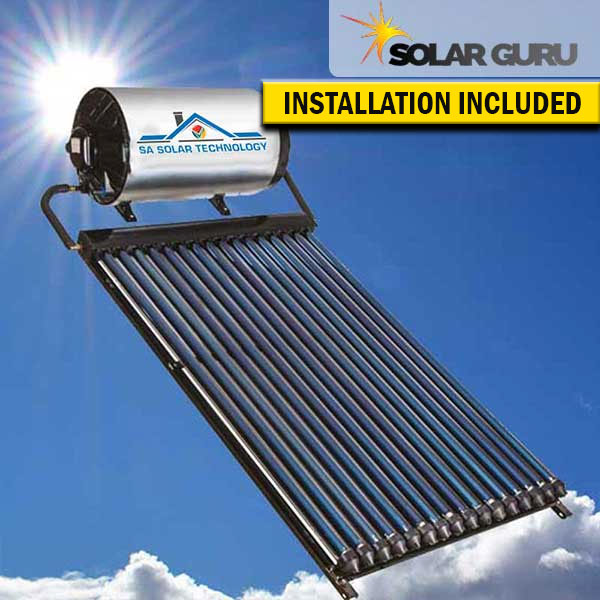
200 Liter Sunray High Pressure Solar Geyser
March 6, 2018
Sunray Conversion
March 6, 2018Sunray Direct System
The Sunray Direct System is used in frost-free locations, where the ambient temperature never falls below 5 degree Celsius and where the water quality is good (less than 600ppm Total Dissolved Solids/Minerals).
Solar Water Heaters – Close Coupled & Split – Direct System
The Sunray Direct System is used in frost-free locations. Locations where ambient temperature never falls below 5 degree Celsius and water quality is good (less than 600ppm Total Dissolved Solids/Minerals).
A Sunray Direct System is where the water used in the house (hot water). The water then circulates through the solar collector panels, or Sunray solar vacuum tubes manifold. Resulting in the transferring solar energy into the storage tank of the solar water heater.
Installment of a direct system as a Split System (pumped or thermosyphon circulation methods). A Split System is where the solar water heater is installed inside the roof. A Split System can be installed away from the solar collector panels or solar vacuum tubes.
Installation as a Close Coupled System (thermosyphon circulation) because the solar water heater is installed outside on the roof. Installation as a Close Coupled System can be installed higher than the solar collector panels or solar vacuum tubes (see section Circulation Methods).





